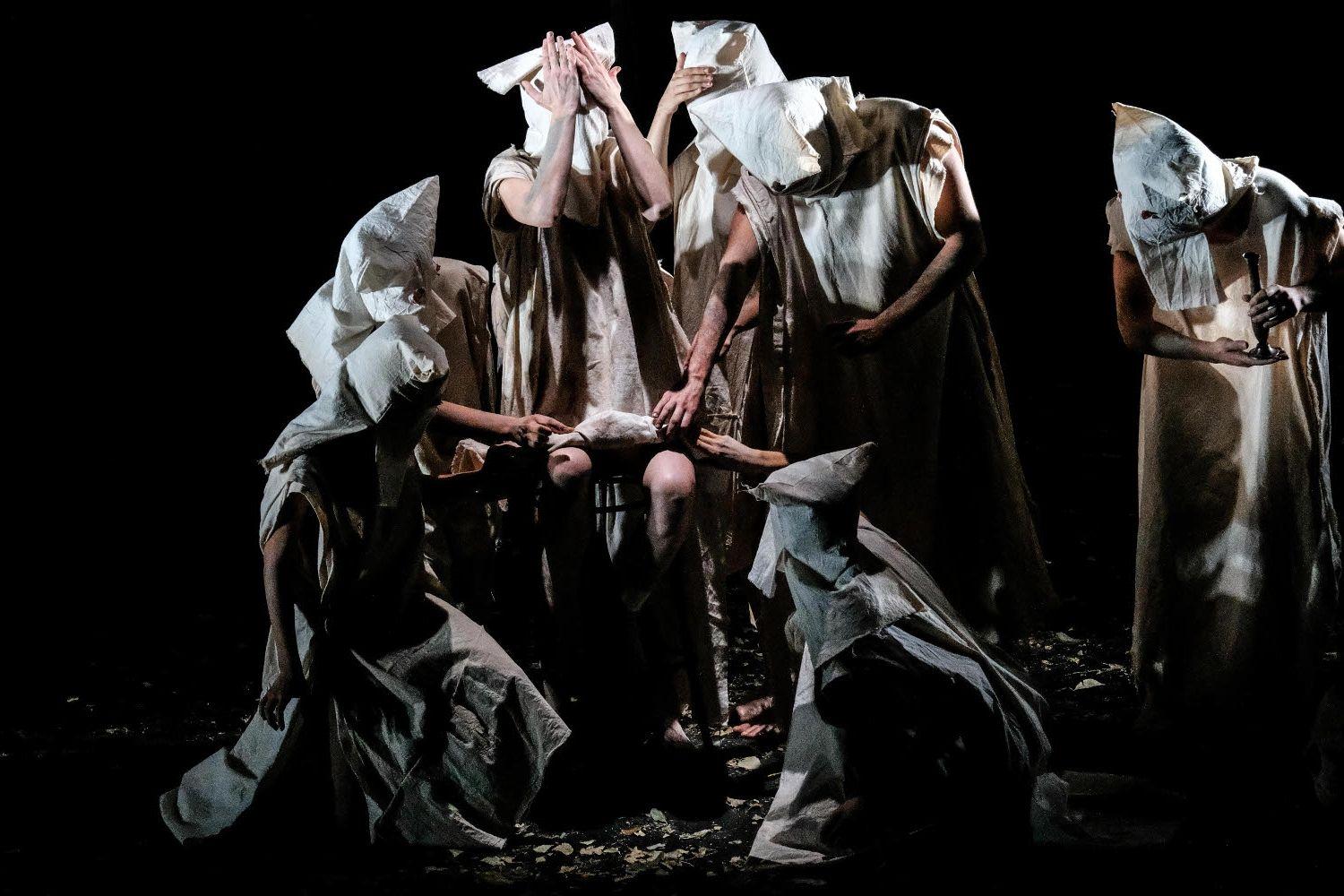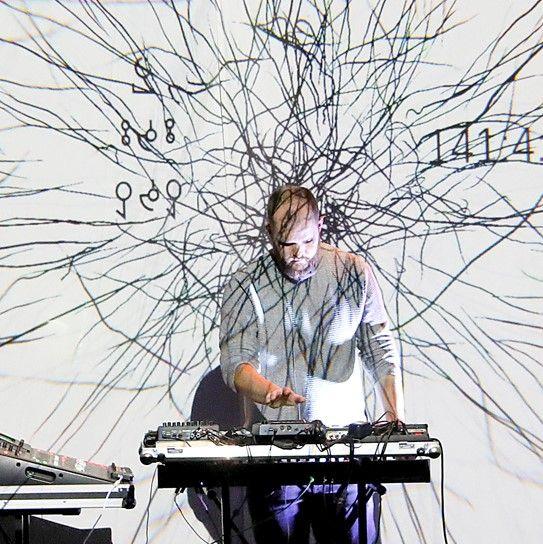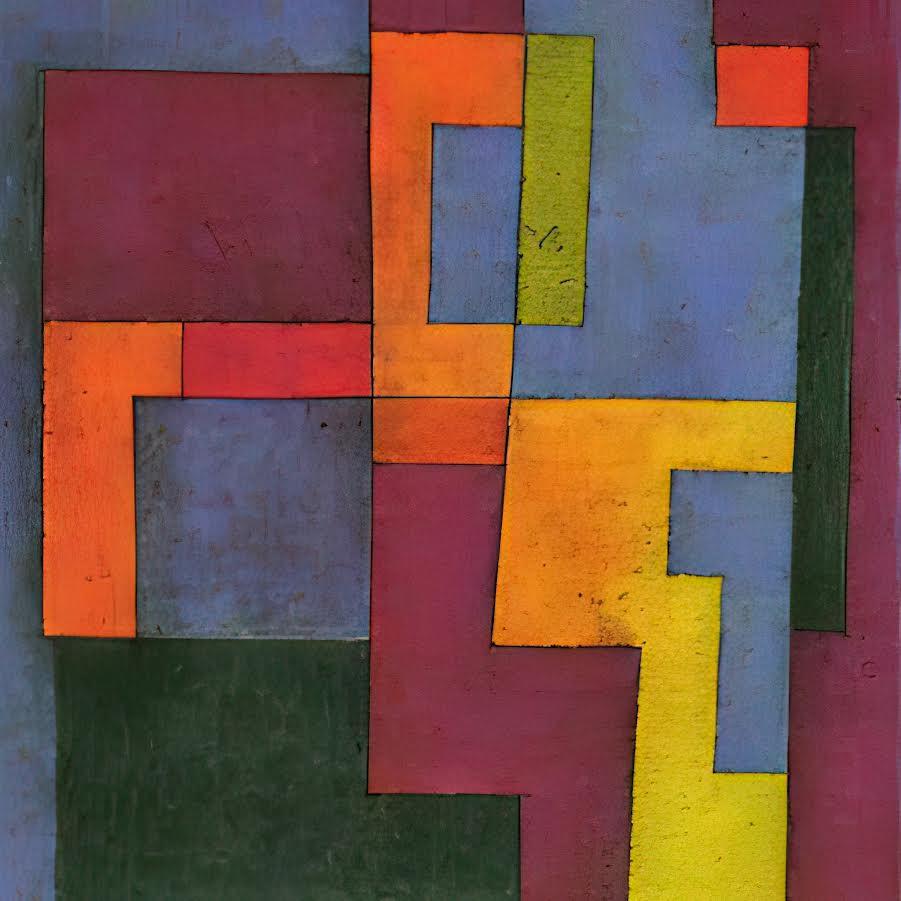Vivaarium
completedPlayOn!

SummaryVivaarium is a shot at survival. It’s hope for a lengthy, successful symbiosis on this beautiful blue planet. Vivaarium is a high-tech capsule, where people can lock themselves up for a period of time, so that our planet could heal itself from all the man-made harm. 23 years in a capsule for survival of our planet – not bad deal or what?
This production combines elements of technological and traveling theater. The journey gives the audience a chance to make decisions and re-evaluate their points of view. The central theme then becomes: how do we notice the information bubble around us and how do we make sure that it doesn’t become too restrictive for us?
How does it work: audience members make different test and are divided into four groups based of the results. Every group is gathered into a capsule, where they should spend the next 23 years, but in reality it takes a lot less time for their good faithed captain to turn into a complete tyrant. How bad does it have to get, that you will want to abandon your own capsule and a group of people most similar to you?
___________________________________________________________
A VAT Teater production as part of the Creative Europe project PlayOn! in collaboration with Teatro O Bando
Introduction
Story- or theme-wise we wanted to see, if we could push people with just a short period of time into more radical thinking. It seems, we were too successful in that (as a final test we gave the audience the chance to vote off their extremist captain – in all of 18 shows it never happened, that all four capsules voted off their leaders (a couple of times we got rid of three).
What technology was the focus of the work, and why?
Algorithms and how they can impact the world, including how they can lead to extremes (similar to, for example, YouTube algorithms offering more and more extreme political content, see alt-right pipeline) and how when we are very reliant on decisions from AI (even though our project wasn’t AI by definition), extreme groups can form.
For audio we were experimenting with different audio equipment to have parallel storylines happening with discrete audio, but also having the opportunity for the groups to interact with each other when necessary.
Testing out when is technology useful in theatrical story telling and when it becomes a distraction, is always an interesting subject. In this project we tried to make technology as „invisible“ as possible.
In audio we were hoping to get as far as possible in creating 4 distinct worlds that ran in parallel. Switching from one group to another would leave the listener in the same spot in the story, but convey a different auditory environment.


Creative Process
How did the collaborators work together on this project?
We had a tight core team, consisting of director, dramaturg, composer and video-artist and quite soon the developer also joined the group. When we discussed the narrative concept, we immediately talked about all the technical aspects. We always tried to look at the concept as a whole picture. This probably helped us to avoid quite many errors, but, yeah, still many-many new problems popped up, when the real rehearsals started.
We explored different technologies connected to motion tracking and consulted experts on the subject. It was also invaluable to present our project to another group and have them give feedback/questions/concerns as an outside perspective.
What forms of trial-and-error occurred?
The audience tests, especially the very early ones with students, were super useful – live coding and fixing bugs in the local network, so everyone just received the fix immediately. We should have organised more of these. We did have a few tries where the web app completely crashed and the actors continued analogue – it sucked, but it was good to have the experience. Of course, we also got to fix a bug thanks to that.
We had two “happy” accidents.
Firstly the idea, how to synchronise the activities in four capsules “jumped” in our heads quite late in the rehearsal process (probably already while the audience test were going on) – suddenly we realised, that the only possibility is, that we set exact times for every phase and put the timer in the pads of the captains, so they always see, how much time is left.
Secondly we planned to have feedback round immediately after the show in every audience test, but not in the official shows. On the day of the premiere we suddenly realised that the feedback had turned into an organic and logical part of the show and we couldn´t skip it. So we didn´t call it a feedback round any more, but the finale of the show.
Did you use existing software and/or applications?
Video: Zoom on 4 separate laptops and large TV screens for video calls between the capsules.
Audio: we used Ableton Live, since it offers a lot of flexibility in terms of controlling different audio streams. We also used silent disco headphones and a separate audio guide system to achieve 4 separate channels for the audience.
Did any of your questions or goals change?
At first audience participation was a bigger goal throughout the play, but we soon decided to leave more control in the hands of the actor in the group or the whole show would lose control (especially with the timers running etc.).
What were the key milestones in the development of the production?
From the perspective of the web app:
Finishing certain stages of the specific web app, e.g. when the Humanity Shop was finished or when the first version of the Quiz games were finished;
Audience tests – each one was a milestone to find the proper balance and also shortcomings in the technology used.
Concept-wise:
First milestone was 9 months before the premiere, when we realised that we can´t continue with the motion-tracking technology and suddenly many other possibilities were on the table.
Second milestone was 6 months before the premiere, when we met the sociologist Andero Uusberg, who gave positive feedback to our division-into-four-groups-system and also suggested that we should create our own test group, who´s results could be useful basis for the personality test. In the end almost 100 volunteers answered our questionnaire and helped us to perfect the sorting system.
Third milestone was three months before the premiere, when we finally decided to use four green houses as the capsules. After that everything else started getting clearer on a daily basis.

Reflections
We got some data and human experiment results. How fun! We are in the process of analysing the data, which is going to offer a base for writing more academically about the production–as the storyline changed for each evening, we can analyse patterns and more common answers, etc.
We also now have a web framework for creating more of these types of projects.
We hoped to create a show in which the audience feels individually tied to the outcome of the show. We had a goal of giving the members a series of decisions and their movement during the play would dictate the outcome. In the end we had to change the process of audience participation, but we still managed to give several discrete experiences for the audience members and made them consider the choices they are making.
In what ways was the production a success?
In addition to the web app, the fact that we incorporated so many complex technological solutions in one single production is really impressive (video calls, synced headsets).
The audience experienced a novel kind of theater and became invested in the success of their assigned group.
What elements of the final production would you change?
The play definitely has a lot of potential to grow larger and have more branching outcomes.
With this one we tried out an extremely compact version of this “game” (1 hour in capsule, 2 hours altogether), but it would be quite a different thing, if this experiment would last 4 hours (probably the audience will get much more freedom etc.).
What advice would you give to artists taking a similar approach?
Get outside help as soon as you get stuck. We (I) really solved the scalability issue at the last minute.
Creating a web app is very annoying when you have to take into account older phones – we did have spare ones, but it didn’t help that much, and we still encountered issues. If financially feasible, having the same device for everyone in the audience is a good plan and will relieve a lot of stress. This goes without saying for native (non-web browser) apps.
Start yesterday.
Workshop different paths the story could take. The production will definitely take a lot more time than a normal play would, so it would be best to map out the story paths as early as possible. Map out important story beats – times where the different parallel storylines converge and change the goals/situation of all groups.
Is the coding for this project open source? What language was used, what is the function of this code, and where can we find it?
Developer Helena Väinmaa:
I haven’t included a licence, but I can – the architecture was created in a “plug-and-play” way*. It was my Bachelor’s project, so it actually has architecture drawings etc as well, which I can include if we ever get to writing wiki/documentation.
*Well, it does require coding if you would wish to change the logic. But scanning QR codes and making quizzes with phases that can be done in groups – 100% reusable.
Building new games on top of the existing audience logic is also feasible.














